Jewelry from Other Cultures
Any time I visit a museum, I am drawn to the jewelry exhibits. Ancient South American, Central American, and Mexican jewelry made by the Inca, Toltec, Mayan, and Aztec artisans is stunning. What is more amazing is how it was made using only the most rudimentary of tools. Other cultures and history are a source of endless inspiration.
On my travels, I try to pick up a small charm that reminds me of the history of the area being visited.
On my travels, I try to pick up a small charm that reminds me of the history of the area being visited.
MEXICO
The two times I toured Chichen Itza, sterling silver cartouche pendants came home with me. Each Mayan glyph soldered to the pendants represents a letter.
At an outdoor market outside the entrance to the archaeological site of Palenque, I found hand carved bone pendants - one of the head of King Pacal and the other a stylized version of part of a painting within a building.
At the Uxmal archaeological site, children were selling small pendants featuring brightly painted Mayan glyphs, and I could not resist purchasing a few.



BELIZE
Maise was life-giving and the basis of Mesoamerican civilization. It was thought that elongating and sloping the head backward, with shaping starting at birth, to resemble a corncob would bring them closer to their divine rulers and the gods. Head shaping and length of the skull also showed one's social status. The Maya thought a more prominent, hooked nose was more beautiful and complimented the head shape. If the nose did not have that "Roman" shape, they would wear removable nose bridges made of clay, plaster, precious gems, or metal. Side note: Upper class Mayans also drilled their teeth and inserted precious gems.
I found a small baked clay head with the distinctive Mayan "nose bridge" in the gift shop after touring the ruins of Xunantunich.
I found a small baked clay head with the distinctive Mayan "nose bridge" in the gift shop after touring the ruins of Xunantunich.
The Pre-Colombian indigenous cultures of Mexico, Central America, and South America prized jade and emeralds, even above gold. Jade and emeralds were valued trade goods because they were associated with water and vegetation, especially maize shoots. They also held a religious significance because they were associated with life and regeneration. Because of this, after a person died a small jade piece was sometimes put in the mouth before burial. Wealthy elite would be highly honored and buried with jade, emeralds, and other precious materials.

GUATEMALA
Much of the jade used by ancient civilizations from Mexico to northern South America was sourced from jade mines located in the Motagua River Valley in Guatemala. The location of these mines was lost when the Conquistadores arrived. Guatemalan jade was not mined again until Jay Ridinger re-discovered the source 500 years later in 1975.
On a "learn to surf" trip to Guatemala with some girlfriends, my daughter-in-law found this pendant for me made with locally sourced jade and set with a sterling silver Mayan glyph representing my birth month.
On a "learn to surf" trip to Guatemala with some girlfriends, my daughter-in-law found this pendant for me made with locally sourced jade and set with a sterling silver Mayan glyph representing my birth month.

COLUMBIA
The Muzo mines in the Andes Mountains of Colombia, were producing emeralds for at least five hundred years before the Spaniards arrived in the early sixteenth century. Considered a divine stone of the gods, emeralds were highly prized by ancient Mayans, Toltecs, Aztecs, and Incas. Besides being used as adornment, emeralds were used in celebrations and religious rites. Many emeralds have been found in pre-Colombian burial mounds.
My daughter-in-law was lucky enough to tour the Mizo Emerald Mine and purchase an emerald specimen on host rock for me at the gift shop. I have been slowly filing the host rock down to allow the specimen to sit lower and more level so it would be easier to design around.
My daughter-in-law was lucky enough to tour the Mizo Emerald Mine and purchase an emerald specimen on host rock for me at the gift shop. I have been slowly filing the host rock down to allow the specimen to sit lower and more level so it would be easier to design around.
Since my emerald was not ready to use yet, and I had faceted emerald strands on hand, I started thinking. Maybe I could combine a bit of ancient design with the stones I had. Maybe design something reminiscent of the Mayan glyph shape I was drawn to and using an emerald as the focal. Adding a bit of gold would tie the two together for a bit of an ancient look.
Using elements and shapes from some ancient jewelry and architecture, I made several pendant/earring sets using emeralds set in silver with gold accents. The pieces in the first photo remind me a bit of the glyphs I purchased from children at Uxmal as well as the silver and jade pendant from my daughter-in-law. The pieces in the second photo are a bit more streamlined Aztec in appearance to me.
Using elements and shapes from some ancient jewelry and architecture, I made several pendant/earring sets using emeralds set in silver with gold accents. The pieces in the first photo remind me a bit of the glyphs I purchased from children at Uxmal as well as the silver and jade pendant from my daughter-in-law. The pieces in the second photo are a bit more streamlined Aztec in appearance to me.



The Greek Key-like design on the bottom of the cartouche pendants may find its way into the next "ancient" design.

Materials
No materials listed
Tools

Basic Soldering Kit
G15-4
- G15-4
- Lesson Quantity: 1.00 pieces
- Purchase Quantity: 1.00 each
- Price: $58.95
- Gold Club Price: $44.21
- Category: General Education
- Technique(s): General Education










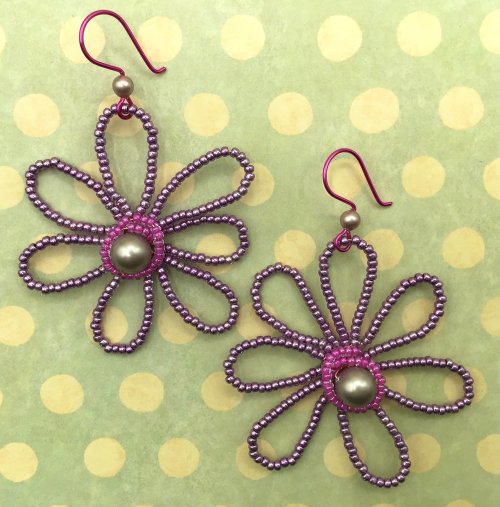
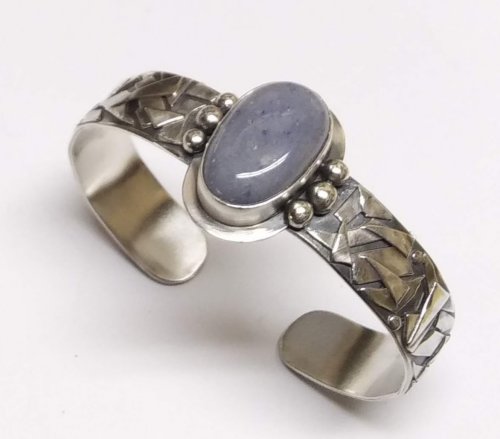

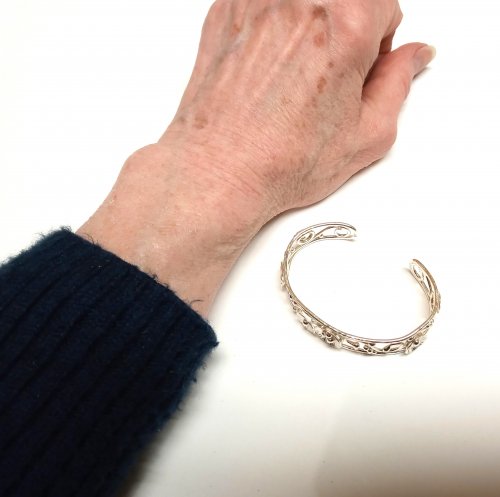
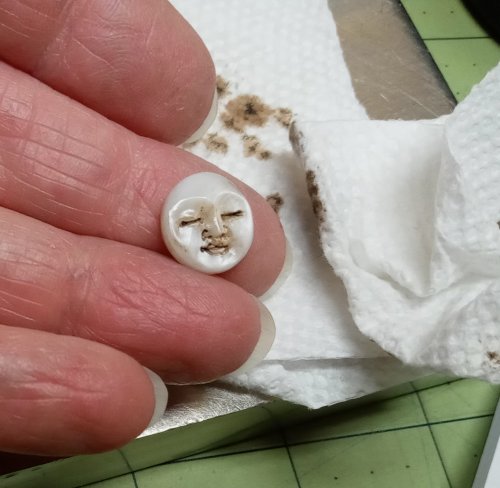

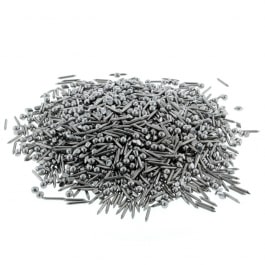

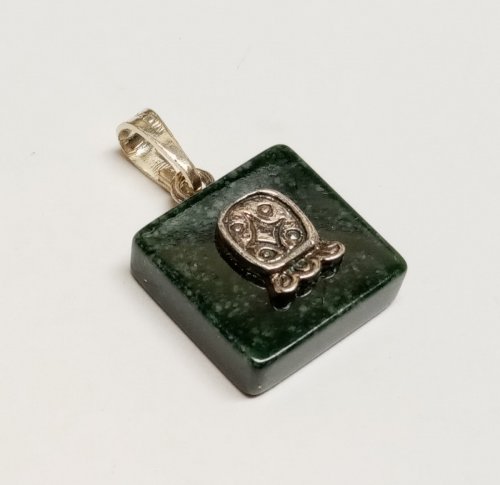
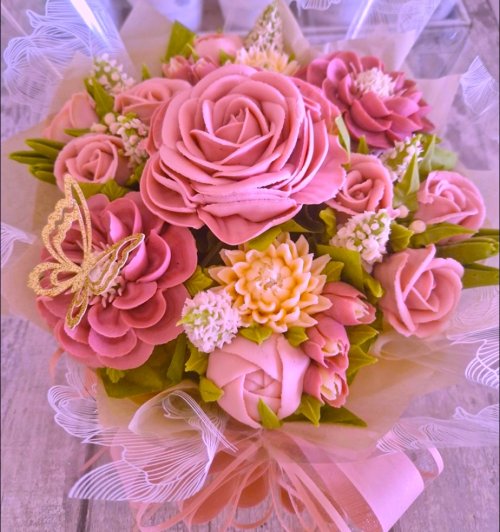
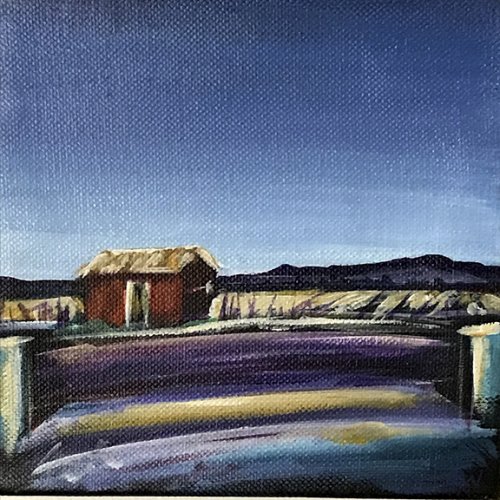
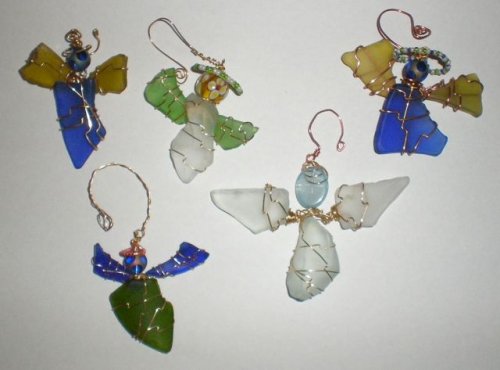


 What is Druzy
What is Druzy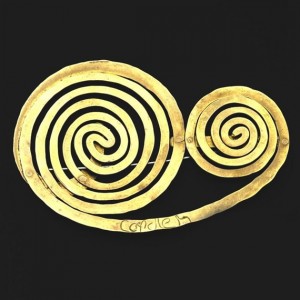 Coiled Wire Jewelry Series Part 1 - Everything New is Old
Coiled Wire Jewelry Series Part 1 - Everything New is Old Where do you create
Where do you create Soldering on Copper
Soldering on Copper Charting Your Creations
Charting Your Creations Design Process with 3 Earrings
Design Process with 3 Earrings All About Rolling Mills
All About Rolling Mills How to Use Disc Cutters to Make Metal Washers
How to Use Disc Cutters to Make Metal Washers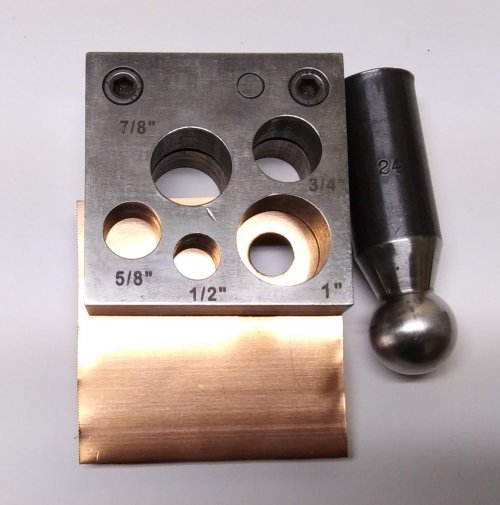 Disc Cutter Basics and How to Make Metal Washers
Disc Cutter Basics and How to Make Metal Washers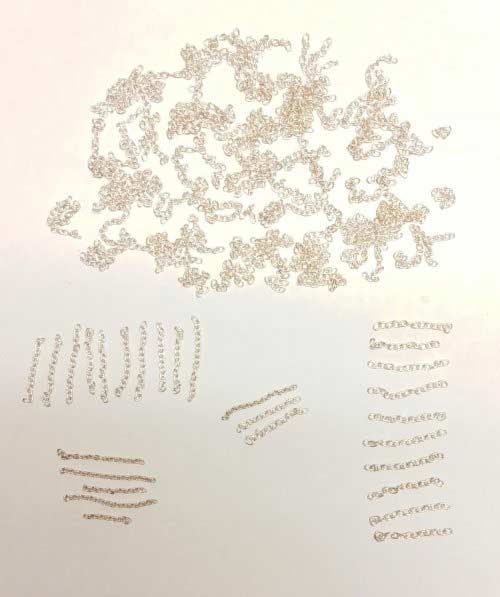 I Am Not a Hoarder
I Am Not a Hoarder The Beauty of Druzy
The Beauty of Druzy Design Process with 3 Different Earrings
Design Process with 3 Different Earrings Think Outside the Box - Alternative Metal Texturing
Think Outside the Box - Alternative Metal Texturing Fall Leaves for Your Designs
Fall Leaves for Your Designs Cholula "Folk Art" Charms
Cholula "Folk Art" Charms Lemons to Lemonade
Lemons to Lemonade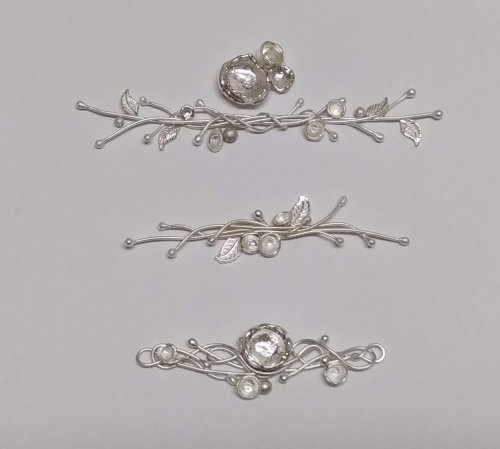 Why You Should Take a Class
Why You Should Take a Class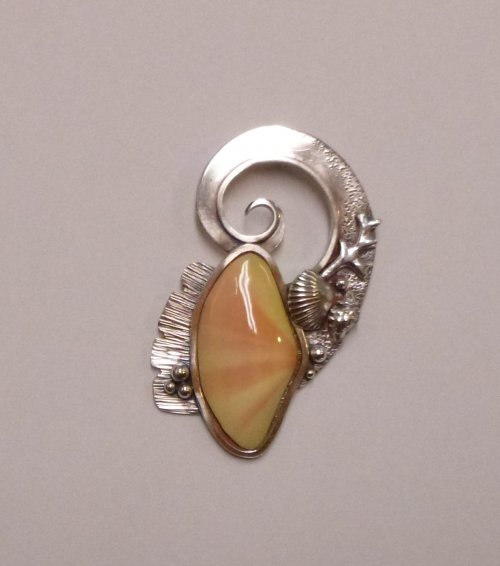 Bead, Shell, and Rock Cabochons
Bead, Shell, and Rock Cabochons What Tools Do I Need for Wirework and Bead Stringing - Start With The Basics
What Tools Do I Need for Wirework and Bead Stringing - Start With The Basics  Choosing Pliers
Choosing Pliers Saving, Storing, Using Tutorials
Saving, Storing, Using Tutorials Flop to Flip
Flop to Flip The Story of Turquoise
The Story of Turquoise Non Marring Tools
Non Marring Tools Using Lower Quality Beads
Using Lower Quality Beads Differences in Gold Plating
Differences in Gold Plating Inventorying Your Supplies
Inventorying Your Supplies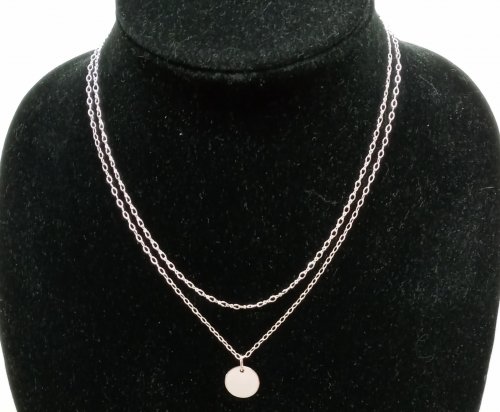 Engineering the Multi-chain Necklace
Engineering the Multi-chain Necklace Benefits of Extender Chains
Benefits of Extender Chains My Most Often Used Embellishments
My Most Often Used Embellishments Sliding Gauges and Calipers
Sliding Gauges and Calipers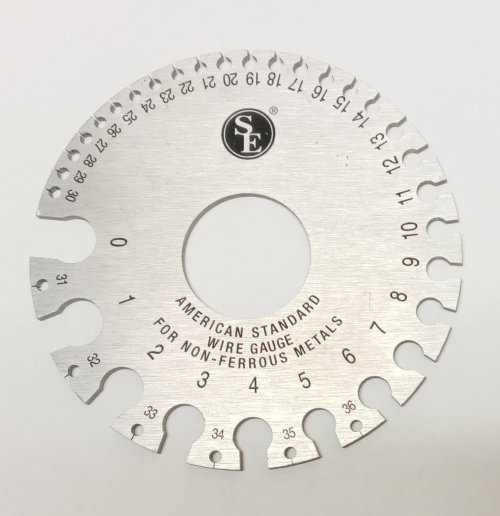 Wire and Sheet Gauge Measuring Tool
Wire and Sheet Gauge Measuring Tool 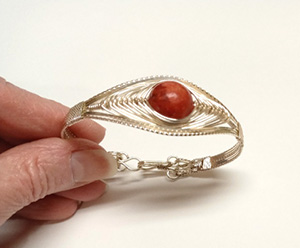 Silver Plated Copper Craft Wire
Silver Plated Copper Craft Wire
